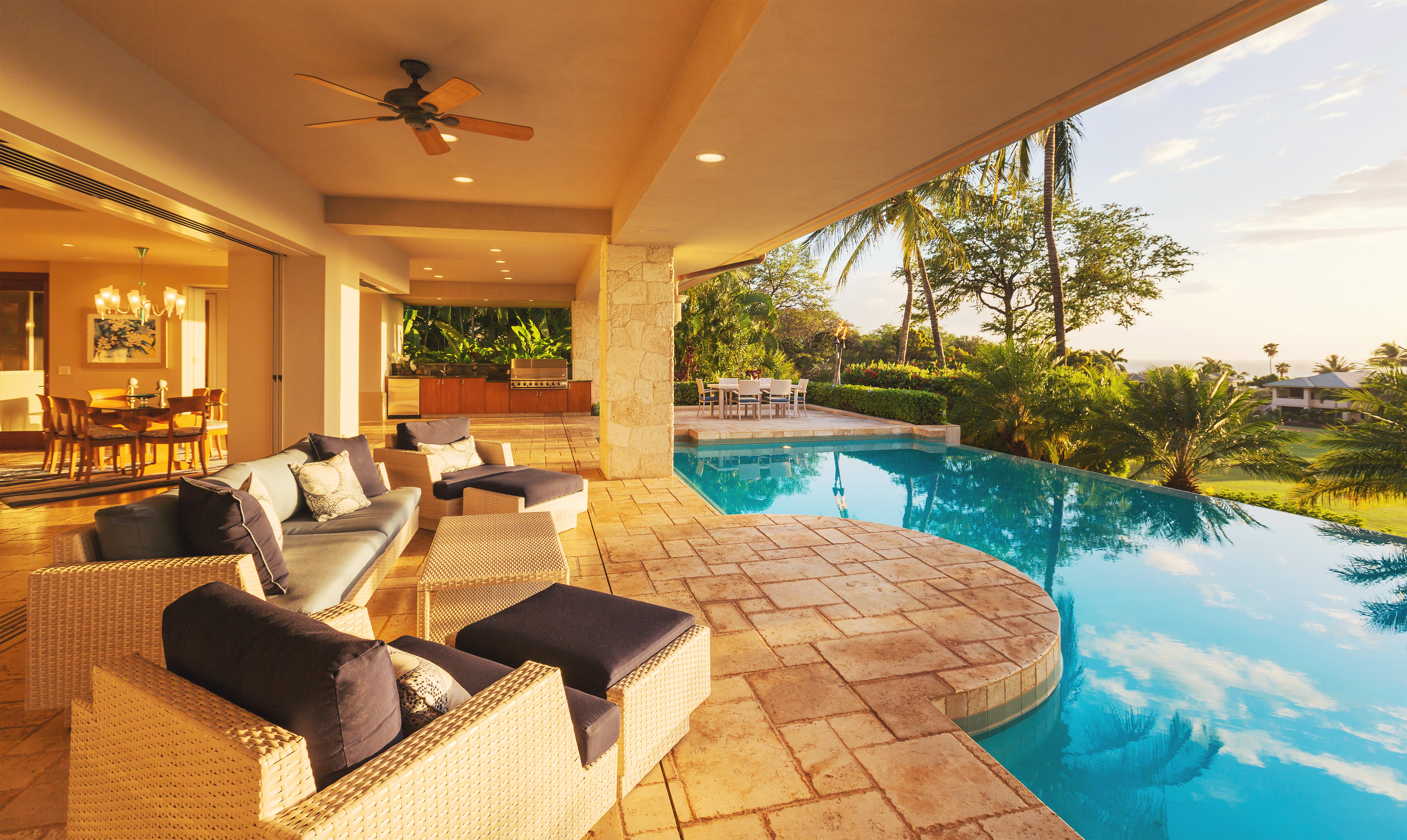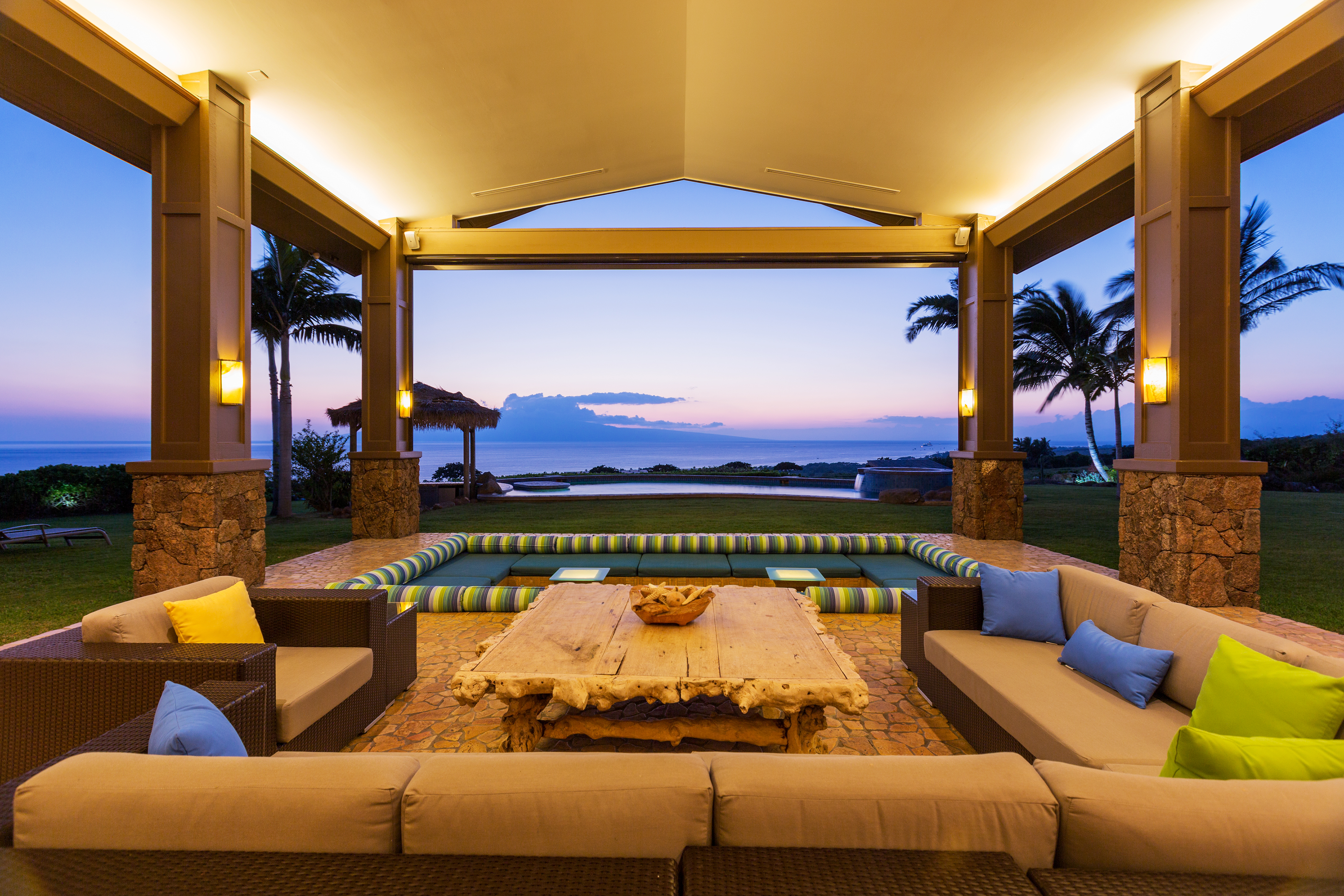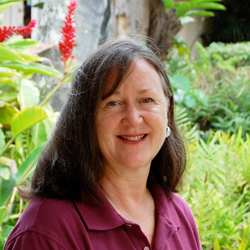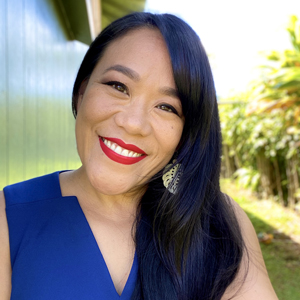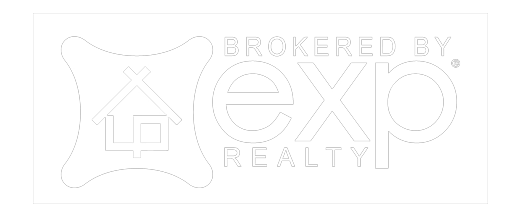Here on Kauai, we currently have just over 31,000 housing units, and 63% of them are owner-occupied, meaning 38% of our homeowners are from the mainland (1% are owned by foreign investors). While Kauai homeowners who live on the mainland account for 35% of the housing, many of them vacation rental properties, the mainland owners account for 50% of the dollar value of the homes. 65% of Kauai’s housing is owned by Kauai residents which accounts for 49% of the home values.
The population of Kauai has increased from 67,000 in 2010 to 72,000 according to last year’s census. Interestingly enough, according to Paul Brubaker from EZ Economics, our current domestic migration is negative; that means we have more people leaving the island than we have coming in. Housing affordability is a key part of that trend.
Back around the time of recession that started in 2007 and 2008, we had over $300 million in permits issued for housing each year before it sunk in 2010. Since then, the number of homes being built has only come back gradually. To give you an idea of the chasm, it’s projected that by 2035 that Kauai will need 9,000 more housing units. And yet, from 2015 to 2019, there were only 994 building permits issued. The projected demand of housing is that we will need another 4,400 housing unit by 2025. You can see how large the gap is between what is needed and the run rate of what is being built!
As you can see, Kauai’s housing sector has a lot of challenges to face. One of those challenges is infrastructure; things like water, wastewater systems, road improvements to alleviate traffic. One interesting thing I learned at the seminar was how cars and traffic have nothing to do with housing units. In fact, since the 50s, the number of cars on the island has tripled, so the idea that we shouldn’t build more housing because it will make more traffic is one made in error.
“It’s projected by 2035 that Kauai will need 9,000 more housing units.”
So if you’re thinking about buying property on the island of Kauai, it’ll come as no surprise that, because of building costs, most of the properties currently available couldn’t be rebuilt for the price they’re selling for. Over time, labor costs and material costs will increase because most everything comes from the mainland.
As I’ve said before, we’re starting to see a deceleration in our home value appreciation. Though the market isn’t likely to crash anytime soon, the demand and the costs are such that the house appreciation that we experienced since 2015 has leveled out. Of course, the 2020 presidential election and all the talk of recession probably aren’t helping things.
Habitat For Humanity did bring a bright note to the conference: The Kauai chapter actually builds more homes per year than all the other chapters around the state. They’ve figured out a way to build and deliver a home for $270,000! Now, costs are kept down because the families that build with Habitat For Humanity have to put in a lot of sweat equity, but still—in a place where the median price of housing is over $600,000, to have a home for $270,000 is really a remarkable achievement.
I left the summit thinking that maybe the county should hire Habitat For Humanity to make better inroads in our affordability crisis.
If you have any questions about housing affordability or insights or thoughts about solving our challenges, reach out to me. I’d love to speak with you. Perhaps your community has found solutions that could be used on Kauai? Mahalo Nui Loa and Aloha from Kauai!

